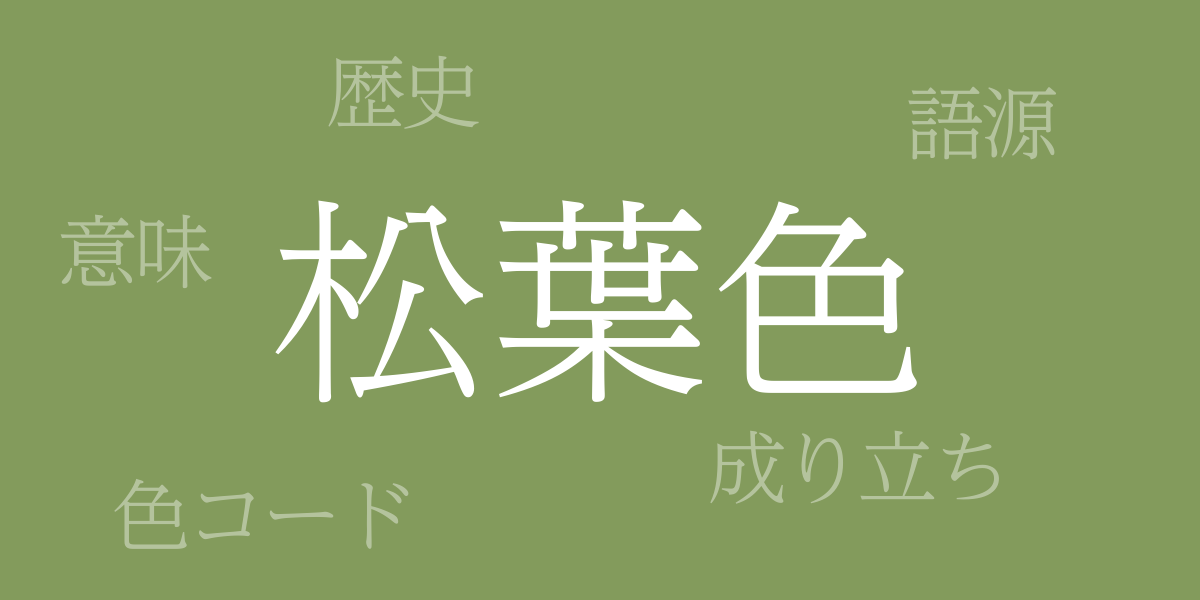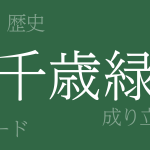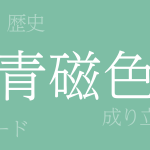Japan’s four seasons are renowned for their vibrant color palette, among which ‘Matsubairo (松葉色(まつばいろ))’ has long captivated people with its depth that weaves nature and tradition together. This article delves into the essence of this beautiful color, exploring its history, color codes, and its international recognition.
About Matsubairo (松葉色(まつばいろ))
Matsubairo (松葉色(まつばいろ)) is a traditional Japanese color that refers to the deep green of pine needles. This color, evoking a sense of calm depth and serenity, harmonizes with Japan’s natural landscapes and is used in various contexts including clothing and everyday items. Matsubairo is particularly cherished in Japanese culture for symbolizing the seasonal shift from autumn to winter.
History of Matsubairo
Matsubairo has been a beloved color in Japan since ancient times, utilized in the garments of the aristocracy during the Heian period. As time progressed, it became popular among samurai and commoners, appearing in Japanese paintings, dye works, and ceramics. Matsubairo represents a connection with nature and a spiritual quality, deeply ingrained in Japanese aesthetic consciousness.
Color Code of Matsubairo
For digital design and web use, the following color codes accurately replicate Matsubairo:
- HEX: #839B5C
- RGB: R:131 G:155 B:92
- CMYK: C:56 M:32 Y:75 K:0
Western Names for Matsubairo
While there isn’t a direct Western equivalent for Matsubairo, terms like ‘Pine Green’ or ‘Forest Green’ often approximate its hue. These names suggest the deep forest-like quality of Matsubairo, indicating that its characteristics are understood internationally.
Summary on Matsubairo
Matsubairo is one of Japan’s traditional colors that conveys its history and beauty to the present day. Emulating the color of pine needles found in nature, it holds a special place in the hearts of the Japanese and continues to be favored in fashion, design, and art today. With digital color codes, the beauty of Matsubairo can be expressed online, allowing people around the world to experience the allure of this color.

























